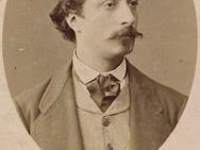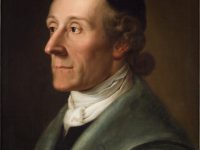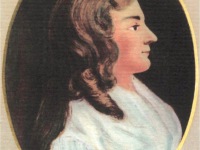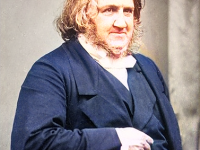William Beaumont and the Mechanisms of Human Digestion
On November 21, 1785, US-American surgeon William Beaumont was born. He became best known as “Father of Gastric Physiology” following his research on human digestion. “I submit a body of facts which cannot be invalidated. My opinions may be doubted, denied, or approved, according as they conflict or agree with the opinions of each individual who may read them; but their worth will be best determined by the foundation on which they rest—the incontrovertible…
Read more











